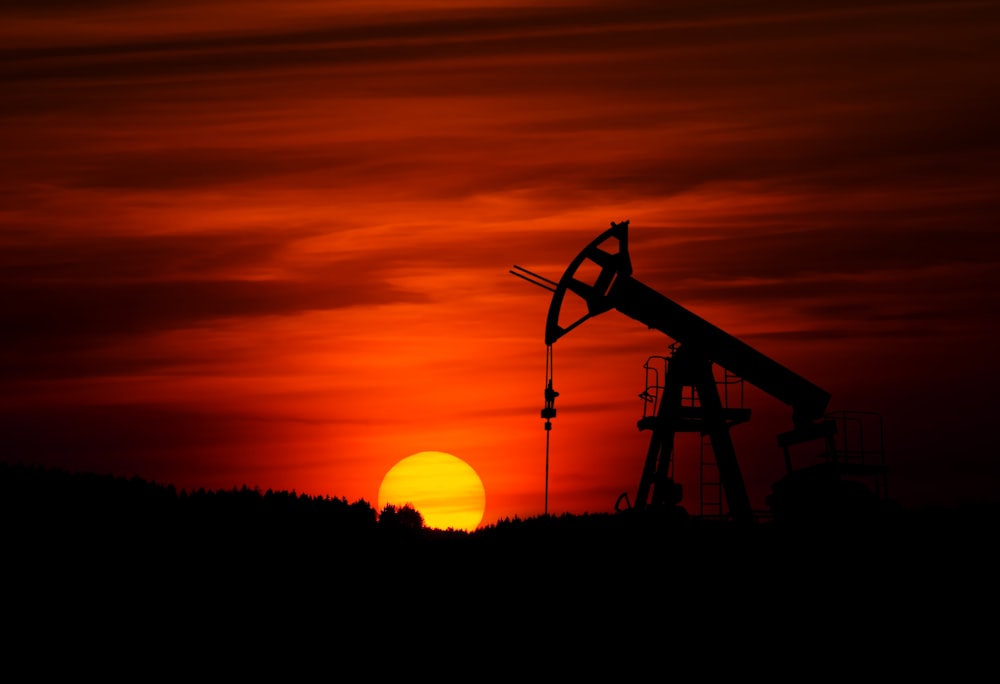Make Trade, Not War - The Energy Report
Image Source: Unsplash
President Trump has made it a key part of his administration to try to work to bring peace on earth and global markets await his biggest challenge yet, trying to secure a ceasefire in the continuing war between Russia and the Ukraine. Present Trump’s message is clear and the slogan should be make trade, not war. Or maybe it should be make deals, not war.
Regardless, President Trump, love him or hate him, has played significant roles in resolving disputes involving Israel and Iran, Armenia and Azerbaijan, Cambodia and Thailand, and Rwanda and the Democratic Republic of Congo.
The Wall Street Journal reports that Trump now plans to urge Putin to agree to an Ukraine cease-fire at their upcoming summit. If Putin consents, Trump would bring President Zelensky into talks—possibly in Alaska—to discuss long-term peace, including territorial changes, security assurances for Ukraine, and U.S. arms sales. If Putin refuses, Trump threatens severe consequences such as sanctions on buyers of Russian oil, or even ending U.S. involvement in the peace process.
Obviously, that will be a very bullish event for oil but President Trump of course has made it a key part of his administration to keep oil prices low and he has succeeded even under some of the most trying circumstances.
President Trump’s planning of the attack on Iranian nuclear facilities was done so with a precision that did not disrupt global oil markets a scenario that many experts said would have been actually impossible. While some people dispute the effectiveness of the Iranian strike that caused a brief spike in oil prices, the one thing that you can say is that President Trump’s policies have kept well prices in a steady range.
Yet the reality is the war goes on as Ukraine is getting some licks in. Ukraine targeted a Syzran oil refinery deep in Russia’s Samara region overnight according to Reuters. And that’s not all: Kyiv claims they also hit a Caspian Sea port and even a cargo ship report hauling military goods from Iran to Russia.
While International Energy Agency was calling for the mother of all oil gluts next year there are more signs that U.S. oil producers have cut back on production. Z4 Energy Research pointed out that Permian well completions have seen a notable decline, dropping 21% from July 2024 to July 2025. This reduction signals a significant pullback in activity among U.S. oil producers, hinting at shifting strategies or responses to market conditions as the global energy landscape continues to evolve.
This combination of lower production in the US and the concerns that President Trump has warned that if these peace talks don’t go well we could see massive sanctions and that could keep the oil prices higher even after we got a jolt from the Thursday morning producer price index.The markets received quite a surprise Thursday morning when the Producer Price Index (PPI) rose 0.9% in July—the largest increase seen in three years and well above expectations. Unsurprisingly, stock futures initially reacted with a downturn. However, by the market’s close, the S&P 500 had rebounded to reach a fresh record high, while the Dow and Nasdaq ended only slightly lower. This swift recovery highlights the market’s resilience.
What prompted the turnaround? While the PPI numbers caught everyone’s attention, the previous day’s Consumer Price Index (CPI) revealed a more nuanced picture. Headline inflation appeared tame, but the core CPI showed a year-over-year increase of more than 3%. In such a big messy miss in producer prices, it is already raising eyebrows. Perhaps thisbig surge may be a one off, but we have absolutely have to look at the potential but the tariffs are rising prices in some areas but not in others. At least at this point they’re not being passed off to consumers.
So today it’s going to be a day of controlling your risk and watching the headlines. Obviously if the peace talks fail it could be a very bullish event for oil as they start to speculate about the possibility that we could see major sanctions on the global oil market. If the talks seem to go well and get kicked off, we’ll probably kick the can down the road and stay in this unending trading range for the price of oil. Keep an eye on the crack spreads because they have been giving some indication as to the overall trend of the market.
Natural gas faces challenges. Natural Gas Intelligence notes rising LNG demand, decreased power burns, and substantial storage builds. The U.S. Energy Information Administration reported a 56 Bcf net injection for the week ending August 8. The report was basically in line and is giving the market a chance to try to make a stand.
The bears have had their way clawing through forward prices as supply gluts steal the show. Even with all the talk about the LNG export renaissance and the promise of future demand, the reality right now is stubbornly high production, storage levels building faster than a speeding bullet and a weather forecast that’s turning cooler just when bulls wanted the opposite.
Yet Mother Nature could still provide surprises. Fox Weather is reporting that Tropical Storm Erin is on the cusp of strengthening into a hurricane, which it is expected to become later this Friday, as it bears down on the northern Caribbean islands. The Fox Forecast center is also on Tropical Storm Watches are in effect for Anguilla, Barbuda, St. Barthelemy, St. Martin, Saba and St. Eustatius, which means tropical storm conditions are possible during the next 48 hours.
According to the National Hurricane Center (NHC), Erin did struggle somewhat to become better organized early Friday morning but is in a favorable environment for strengthening.
More By This Author:
Trump Tariff Truce - The Energy ReportOPEC Misses And Peace Talk Hopes - The Energy Report
Sanction- itis - The Energy Report




